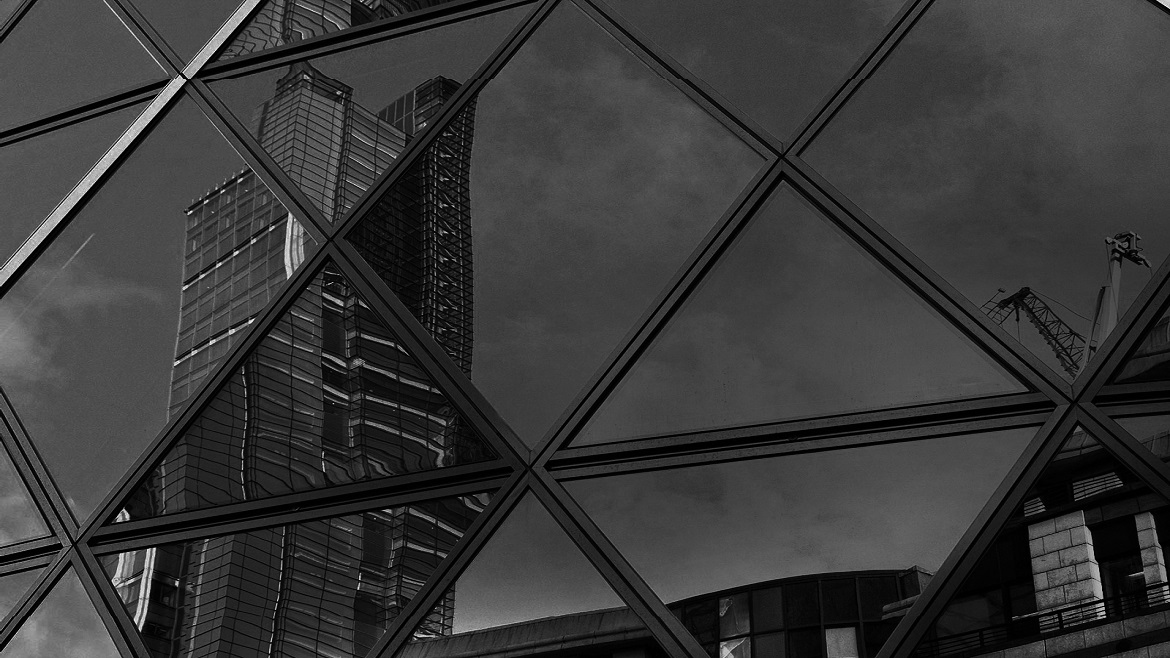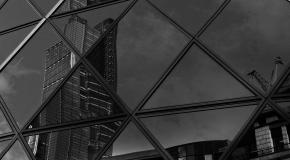Much like in ancient times in Athens and Rome, cities have once again become the political and economic heart of society, accounting for 70% of global GDP, a figure that will continue to rise as the share of people living in cities increases from 50% to 70% between now and 2050. Cities are also responsible for the vast majority of new infrastructure spending and have the highest environmental footprint.
Yet the private sector’s response to this huge societal shift has been worryingly reductive: existing products are rebranded as “smart city” offerings; experts opine breathlessly about the promise of sensors, "big data", and an all-seeing Internet.
In reality, the most powerful and cost-effective use of modern technology is not collecting big data once things are built, so as to enable marginal improvements, but rather generating, simulating, and analysing ideas relating to the design, or redesign, of city assets. This application is a more cost-effective and powerful way to achieve the outcomes that cities seek—not to be “smart”, but rather to be liveable and sustainable. The term" smart" can, for our purposes, be broken down into an acronym, as outlined below.
S: Sets science-based targets
Cities account for the vast majority of greenhouse gas emissions globally, and setting targets to reduce those emissions is now commonplace. Yet how is a city mayor to know what target is a reasonable proposition? Climate science suggests that 80%+ reduction targets are necessary to stabilise climate change by 2050, and cities such as Palo Alto in California have begun to calculate their economically-adjusted fair share of those global reductions.
M: Makes the comprehensive business case
Until recently, making the case for investments in urban infrastructure projects involved relatively simple calculations: What is the predicted capital cost of the project (minus any likely cost overruns) plus basic annual operating costs? But the dearth of national government funding for infrastructure is driving project sponsors towards a different set of financiers—banks, pension funds, and infrastructure exchanges—and there they encounter a more nuanced set of questions, such as: which stakeholder group will benefit most from this project? What is the net environmental benefit now and in 50 years? How have you mitigated against the risk of natural disaster? Marc Weisdorf, head of JP Morgan Asset Management, representing 110 global institutional investors and US$1.6trn in assets, summed it up by declaring, “We will not invest in any infrastructure project that does not include long-term triple-bottom-line analysis (meaning financial, social and environmental) from early planning through to operations.”
A: Absorbs water
Whether coastal or inland, cities need to act more like mangroves and less like car parks. Roughly half of mankind lives on the coast—more people than inhabited the entire globe in 1950—and coastal flooding now represents a significant risk. Even inland, impermeable surfaces and combined sewage systems—once considered state-of-the-art—leave cities paying huge sums to ferry away and treat water and, at times, after increasingly heavy rain, leave citizens wading through sewage when the systems overflow.
So, thecurrent buzzwords for city officials from Philadelphia to Singapore are “green stormwater infrastructure”, which has the dual benefit of absorbing and filtering rainfall while cleaning the air, enhancing property values, and providing open space.
R: Retrofits energy hogs
Even where national directives do not yet exist, cities such as New York and Washington, DC, are creating their own mandates to squeeze unnecessary waste out of their built environment. Yet until recently they have relied on age-old techniques such as costly on-site audits. Now, something as simple as a camera, tablet computer or aerial image can be used to evaluate the building’s likely energy use and potential for upgrade, thereby empowering cities better to target their limited resources.
T: Transports people, not cars
Cars have significantly improved living conditions, but car-oriented development is harmful. An affinity for "car-first metrics" by traffic engineers has led to a doubly damaging outcome: clogged roads and an overweight population. Technology has a role to play here, but it can be simpler than autonomous vehicles, and can have a greater impact than small improvements here and there. The larger opportunity lies in redesigning existing streetscapes to transport people and goods in ways that are good for our cities and our health: rail, bus, bicycle and foot.
This blog is part of a series managed by The Economist Intelligence Unit for AkzoNobel.
The views and opinions expressed in this article are those of the authors and do not necessarily reflect the views of The Economist Intelligence Unit Limited (EIU) or any other member of The Economist Group. The Economist Group (including the EIU) cannot accept any responsibility or liability for reliance by any person on this article or any of the information, opinions or conclusions set out in the article.







